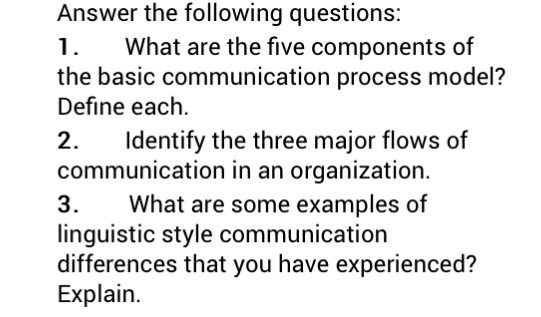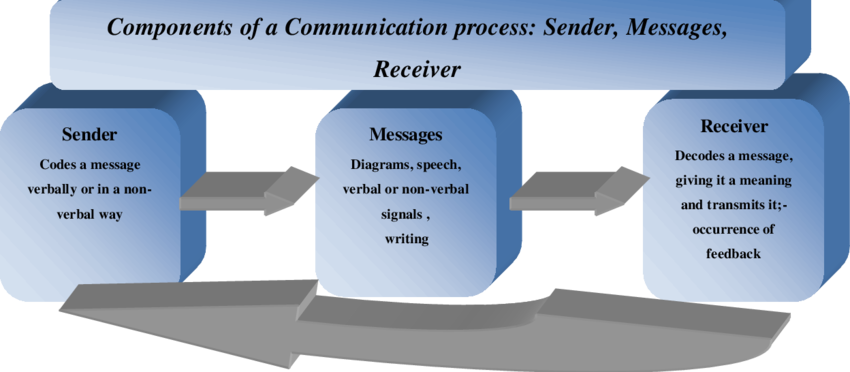Communication is the exchange of information, thoughts, or ideas through speaking, writing, or using some other medium. It is a fundamental process that is essential for human interaction and the functioning of society. The process of communication involves several components that work together to effectively convey a message from one person to another.
The first component of the process of communication is the sender, also known as the source. The sender is the person who initiates the communication by generating a message and sending it to the receiver. The sender encodes the message, which means that they translate their thoughts and ideas into a form that can be understood by the receiver.
The second component is the message itself, which is the information or ideas that the sender wants to convey to the receiver. The message can be verbal, such as spoken words, or nonverbal, such as body language or facial expressions. The message must be clear and concise in order to be effectively understood by the receiver.
The third component is the medium, which is the means by which the message is transmitted from the sender to the receiver. The medium can be oral, such as speaking face-to-face or on the phone, or written, such as in a letter or an email. The choice of medium can affect the effectiveness of the communication, as different mediums may be more or less suitable for different types of messages and situations.
The fourth component is the receiver, also known as the destination. The receiver is the person who receives the message and decodes it, which means that they interpret the message and understand its meaning. The receiver must be attentive and actively listen or read in order to fully understand the message.
The final component of the process of communication is feedback, which is the response of the receiver to the message. Feedback can be verbal, such as a response or a question, or nonverbal, such as a nod or a smile. Feedback is important because it allows the sender to know that the message was received and understood, and it also allows for the possibility of further communication and the exchange of ideas.
In conclusion, the process of communication involves several components that work together to effectively convey a message from one person to another. These components include the sender, the message, the medium, the receiver, and feedback. Effective communication is essential for human interaction and the functioning of society, and understanding the process of communication can help us to communicate more effectively with others.







